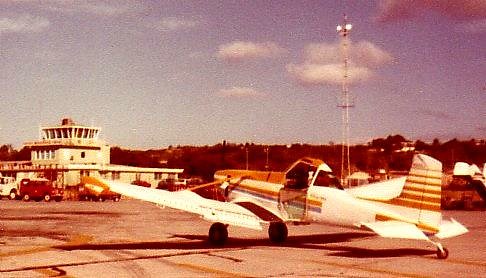SkyDog58
Ejection Handle Pulled
- Joined
- Jun 11, 2015
- Messages
- 14,601
- Location
- My own special place.
- Display Name
Display name:
Canis Non Grata
My farthest flown to date is from TOA to AVX but I have no issues with going farther. The occasion just has not arose yet. I plan to fly across the Lake Michigan sometime in the near future. Still that is not all that far. An aircraft is no more likely to suffer an engine failure over water than over any other type of terrain. As long as you are prepared with survival gear and make the call as soon as you know you will splash, your survival chances are pretty good.





